
City climate leadership a model for sustainability
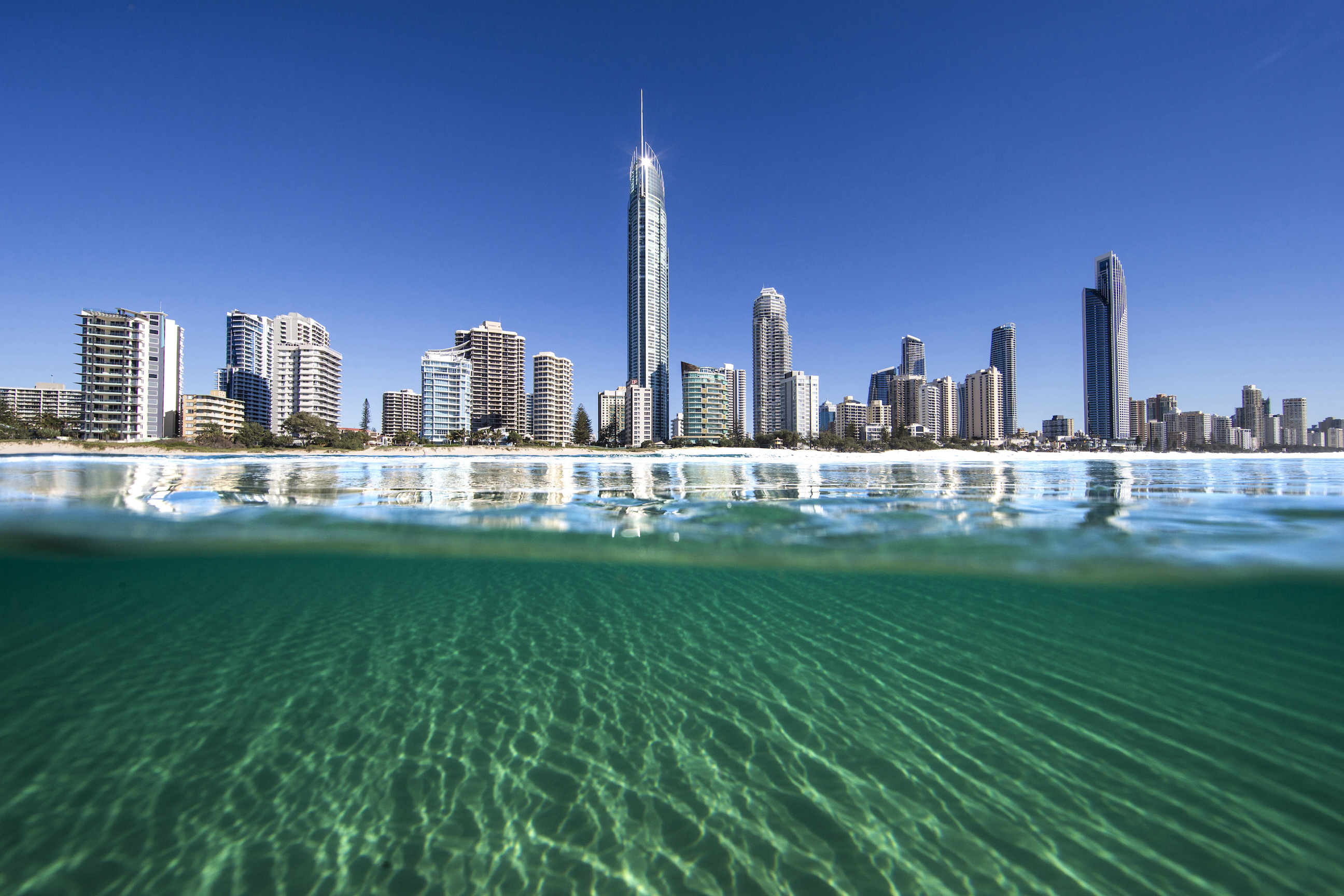
The United Nations’ Sustainable Development Goals give us a global blueprint, but our cities have a key role to play in transformative change
Published 20 April 2021
The United Nations’ 2030 Agenda for Sustainable Development is a plan of action.
There are 17 Sustainable Development Goals (SDGs), 169 targets and 231 indicators that need to be met by 2030 which aim to place the world on a more sustainable economic, social and environmental path in order to end poverty, protect the planet, and ensure that all people enjoy peace and prosperity.
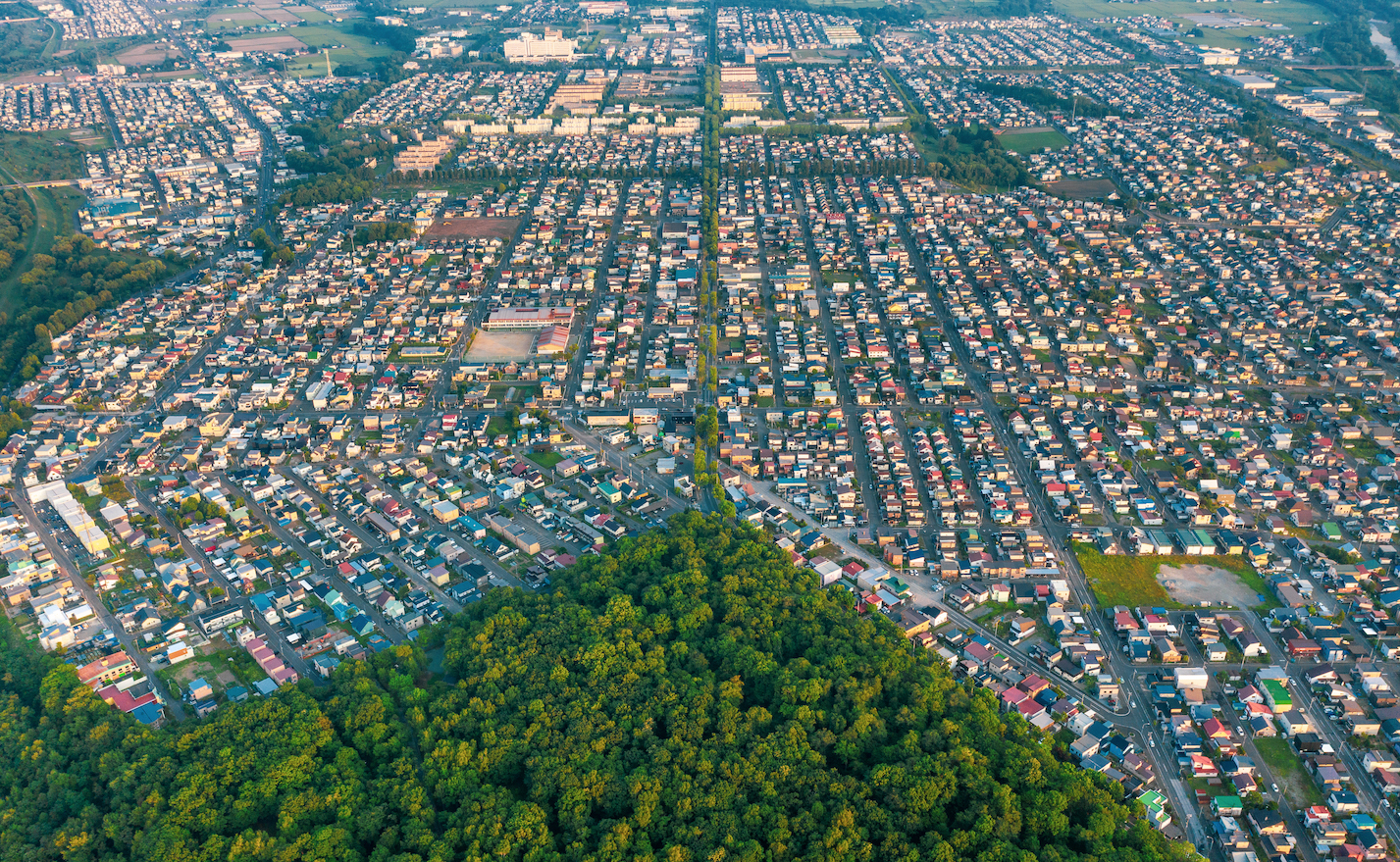
The SDGs offer us a global blueprint, but our cities have a key role to play in order to meet these targets.
Cities for transformative change
In 2013, the UN Secretary General Ban Ki Moon stated that “our struggle for global sustainability will be won or lost in cities”.
Awareness of the key role of cities in enabling development led to inclusion of a specific urban goal – SDG11 or Sustainable Cities and Communities. The targets within SDG11 – ranging from affordable housing to disaster resilience – demonstrate the importance of cities as crucial sites for sustainable development.

Our cities are increasingly relevant in these global frameworks for good reason.
The world’s urban populations are predicted to increase from 50 per cent to two thirds of the global population, which will have a massive impact on infrastructure regardless of the impacts of climate change, nature loss and the current social and economic impacts from COVID-19.
On top of this, urban dwellers account for 80 per cent of the global economy in terms of GDP, about 70 per cent of global energy consumption, 70 per cent of greenhouse gas emissions, 70 per cent of global resource use.
However, there’s an increasing awareness of the importance of cities as a potential solution, not just a problem.
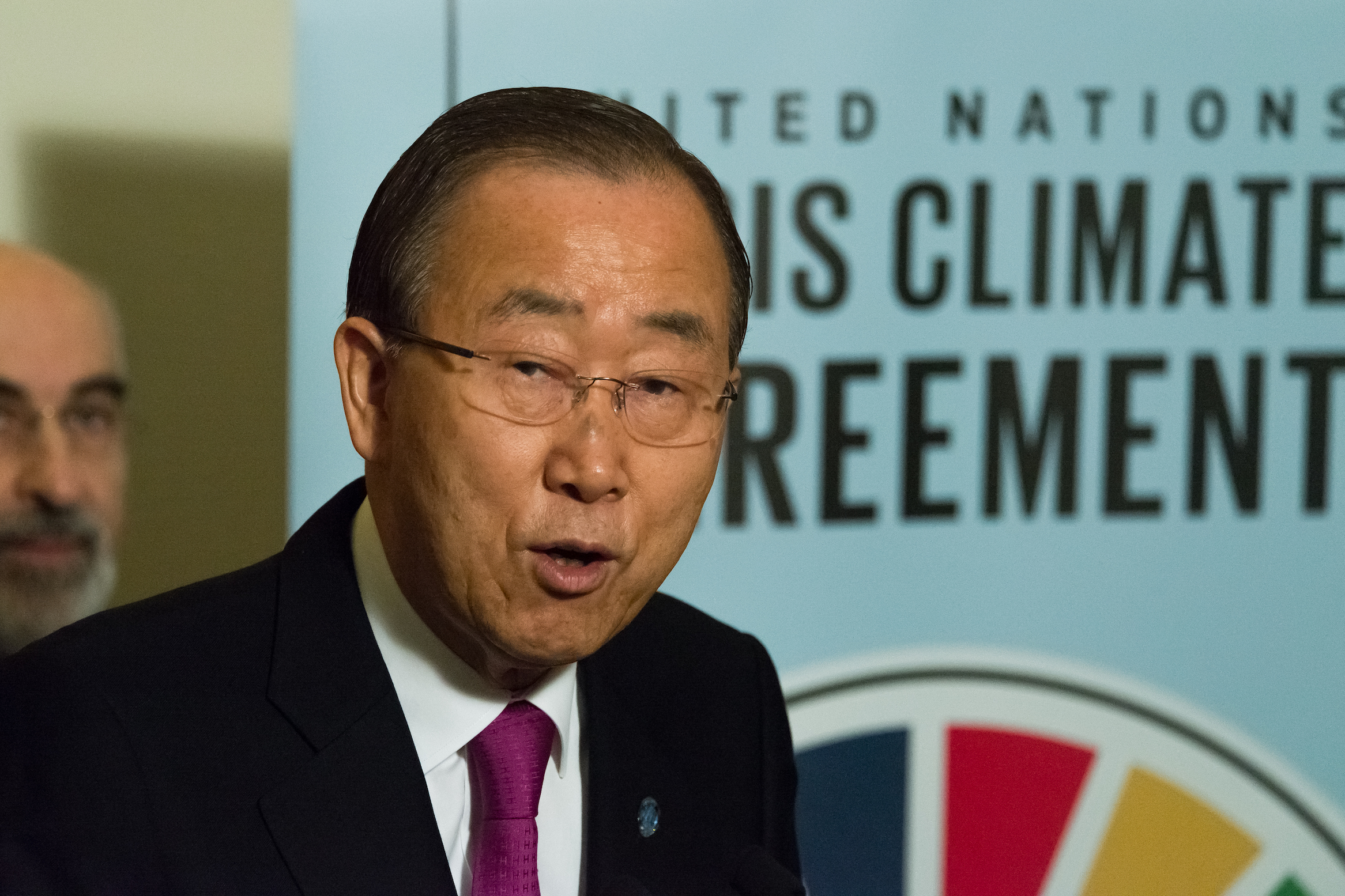
We know that national governments won’t meet their Paris Agreement targets without climate action within cities. In some cases, cities have supported national efforts. In others, cities have led the way, often exceeding national government targets.
City governments can lead their own response to the SDGs - starting with SDG11.
We know that sustainable urbanisation has implications for all levels of government, but it is local governments who have an obvious jurisdictional role to play in managing the urban agenda. They are well-networked organisations with more political flexibility than national governments, and thanks to their local proximity, they can directly engage with, and respond to, local community needs.

There also remains an opportunity for cities to adopt new approaches, technologies, infrastructures, and other built forms that have low or net-zero emissions, are energy efficient, renewable and incorporate green infrastructure or nature-based solutions for the health and wellbeing of citizens and biodiversity alike.
In doing so, they contribute to national targets for emissions reductions, global commitments to the Paris Agreement, global goals for nature and, indeed, the SDGs.
Thinking globally, acting locally
It’s often mentioned that at least 65 per cent of the 169 targets of the Goals couldn’t be achieved “should local urban stakeholders not be assigned a clear mandate and role in the implementation process”.
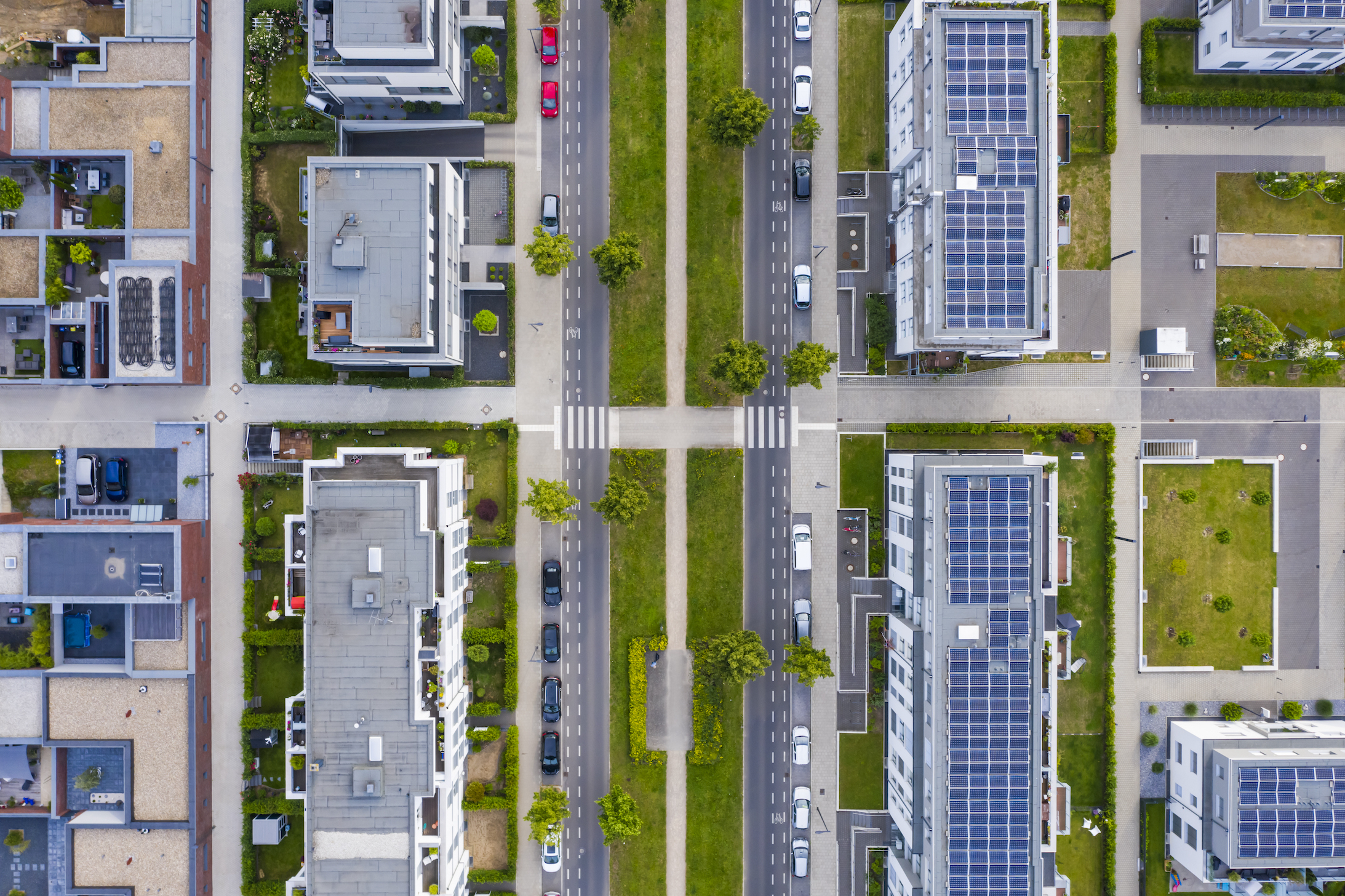
And many local and subnational governments are increasingly seen as agents for transformative change.
Frameworks like the United Nations Framework Convention on Climate Change (UNFCCC) and the Convention for Biological Diversity alongside the SDGs provide a great opportunity for cities and those in charge of them to radically alter the trajectory of urban development.
City governments can align local policies with a global agenda and formalise their commitment to the SDGs through a Voluntary Local Review, or VLR, which offer a way for local governments to “confirm their commitment to the SDGs and voluntarily assess their progress toward specific targets in the 2030 Agenda”.

VLRs allow local governments to inform scalable policies and complement the data and information provided to the national level (vertical action).
They also allow local governments to participate in knowledge sharing and mutual learning with other cities (horizontal action), strengthening the sense of community and joint ownership that underpins the SDG framework.
In fact, city-level engagement with the SDGs is growing, there are at least at least 39 Voluntary Local Reviews that had been published and recorded by July 2020.
These local impacts can have a much larger influence on the broader national and global transition toward sustainability – the way city governments manage urban growth “will define the national governments’ ability to achieve most of the SDGs.”
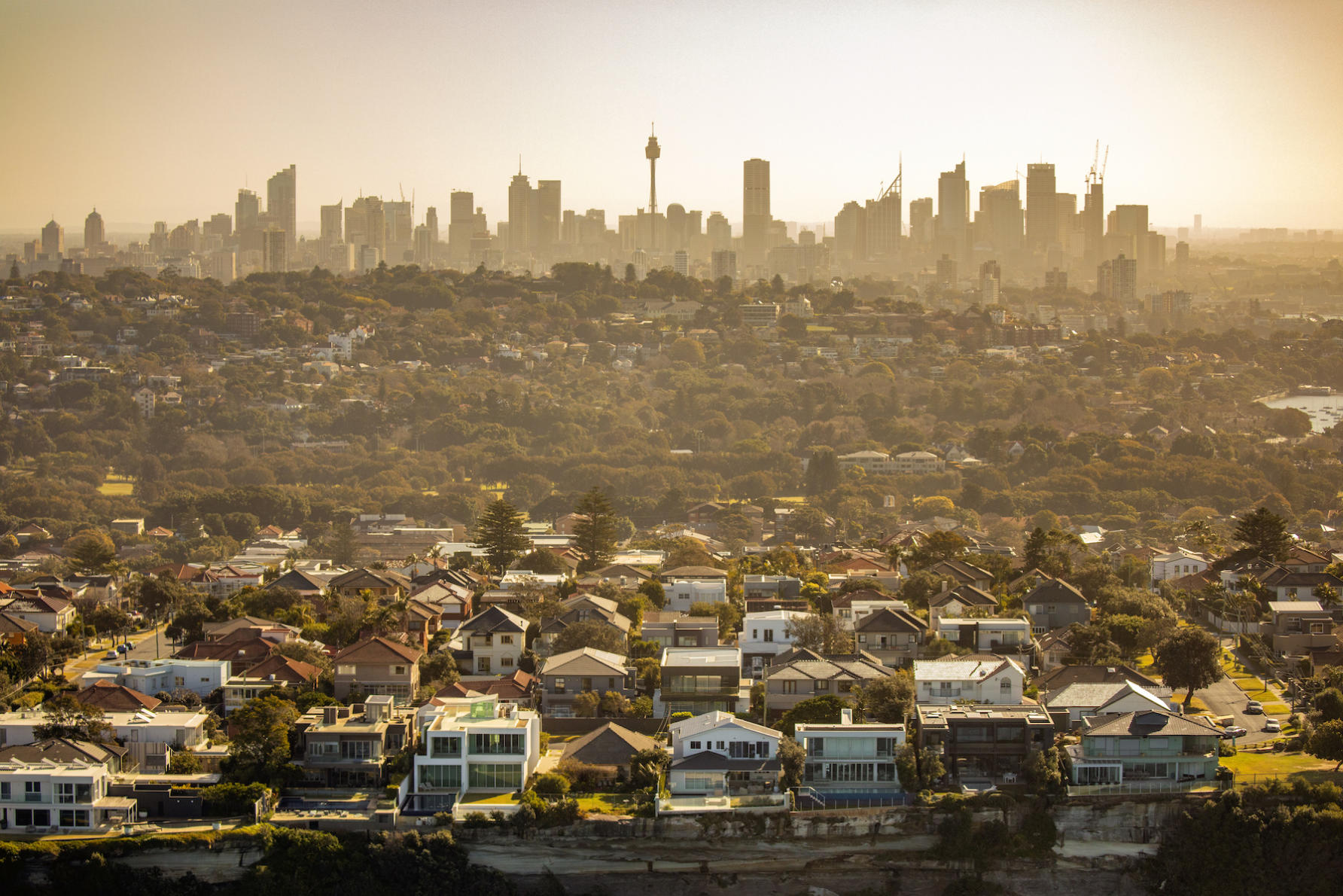
However, localising the SDGs is a complex process and there is no silver bullet to embedding the SDGs into urban planning. No two cities are the same, and careful consideration is needed to translate these global goals into local context.
But shared problems also create opportunities for shared solutions.
Within the framework of the SDGs, cities can learn from each other as they respond to increasingly complex challenges and contribute to the global push toward sustainability.
The University of Melbourne is an official Forum Partner in the United Nations Association of Australia Sustainable Partnerships Forum. The Connected Cities Lab hosts the SDGs Cities Challenge – a collaborative project seeking to contribute to the implementation of key urban Sustainable Development Goals (SDGs) targets and indicators.
Banner: Getty Images


